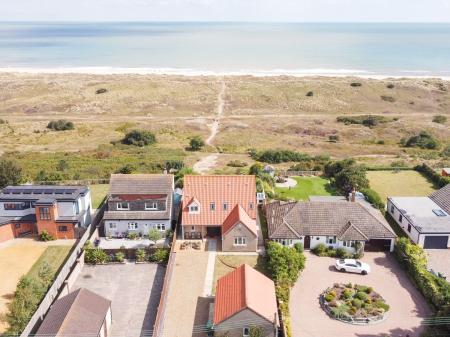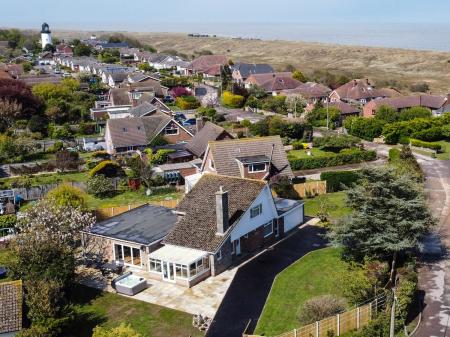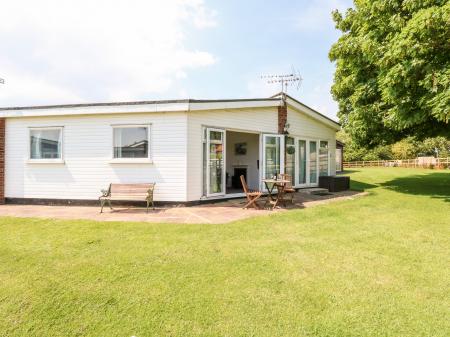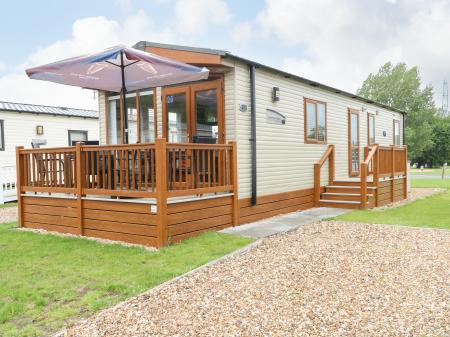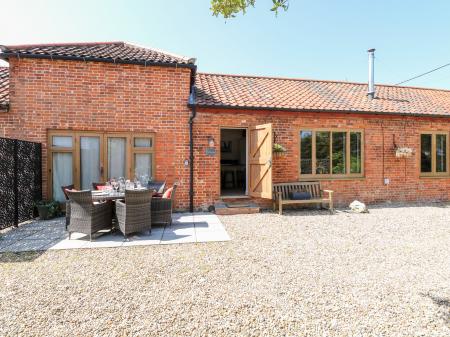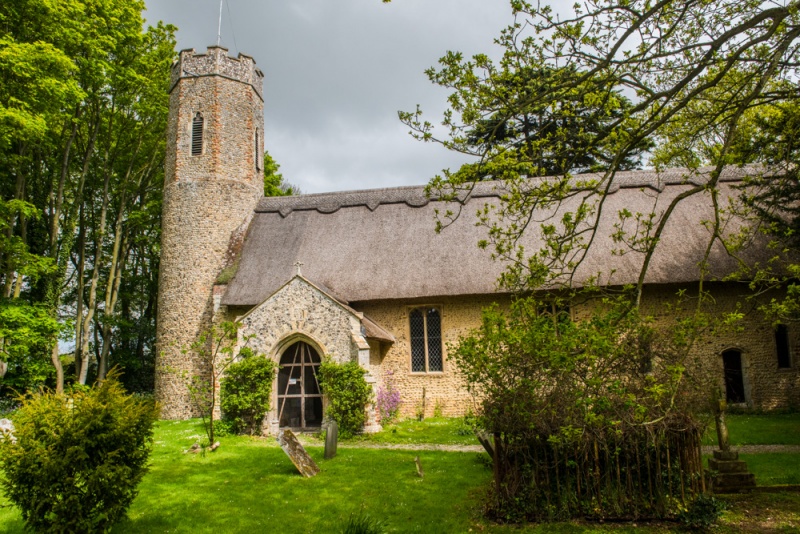
Horsey Dunes
From the windpump, a footpath leads over National Trust land to Horsey Dunes on the coast, where a colony of grey seals can usually be found in summer. I've explored this area and it is really remarkable how close you can get to the seals. The best time to see the seals is from November through January.
Horsey Mere
At the end of the village is Horsey Mere, one of the most northerly of the Norfolk Broads, and a Site of Special Scientific Interest (SSSI). Like the windpump, the Mere is owned by the National Trust. The Mere is linked to the River Thurne and Hickling Broad.
All Saints Church
The parish church of All Saints is an attractive thatched building with a rounded tower, one of just 124 round-tower churches in Norfolk. The tower is probably 13th century, though it may be earlier; indeed, estimates of the church's age range from the Saxo period to the 13th century. Within the church, the historic highlight is a beautifully carved 15th-century rood screen, without its loft, which was removed at the Reformation.
History
The village dates to at least the late Saxon period, and we know that during the reign of Edward the Confessor the lord of the manor was Edric de Laxfield. William the Conqueror gave the manor to Ralph Bigod, then took it back when Roger rebelled. The estate passed to Sir Oliver de Ingham in 1282, then passed through several generations to the Stapleton family. In the Tudor period, the manor passed to the wealthy Paston family, who held it for 2 centuries.
By the early 19th century the once prosperous village was frequently flooded, and considered so wild and desolate that it was called 'Devil's Country'. Then in 1803 Robert Rising bought the estate, drained the marshes, planted hedges, and built a road linking Horsey to Somerton. From desolation, Rising made Horsey one of the most productive estates in Norfolk. He left the manor to his son, also named Robert, and in 1845 the junior Rising built the current manor house of Horsey Hall.
There is a village pub called the Nelson Head, dating to at least the early 19th century. One of the oldest buildings in the village is Kerrison House, dating to about 1770 and made of flint and brick under a thatched roof.
The entire village stands within an Area of Outstanding Natural Beauty, and when you visit, it is easy to see why!

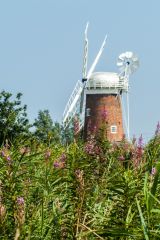
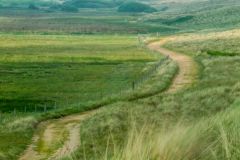
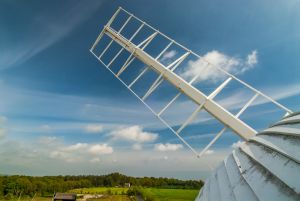
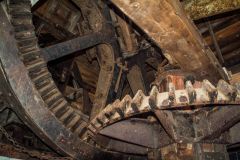
 We've 'tagged' this attraction information to help you find related historic attractions and learn more about major time periods mentioned.
We've 'tagged' this attraction information to help you find related historic attractions and learn more about major time periods mentioned.